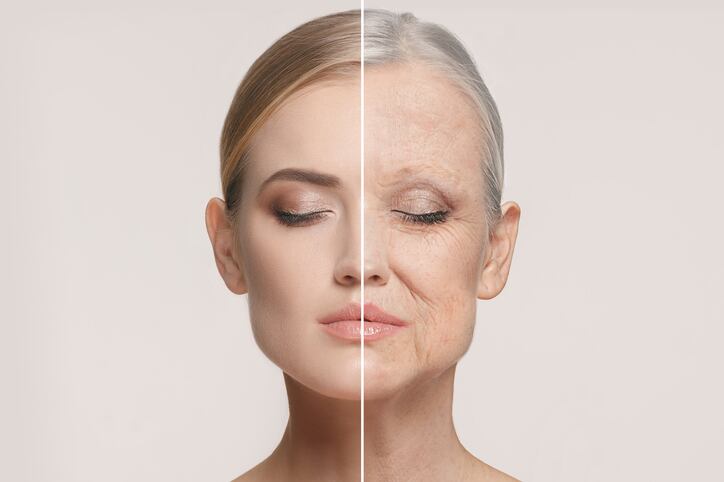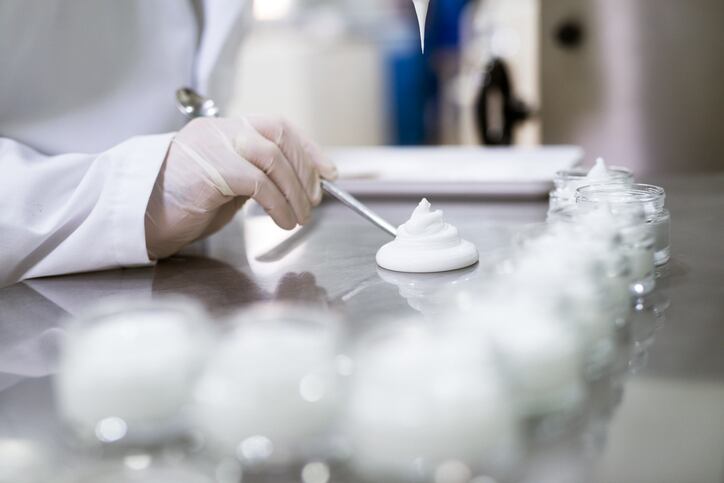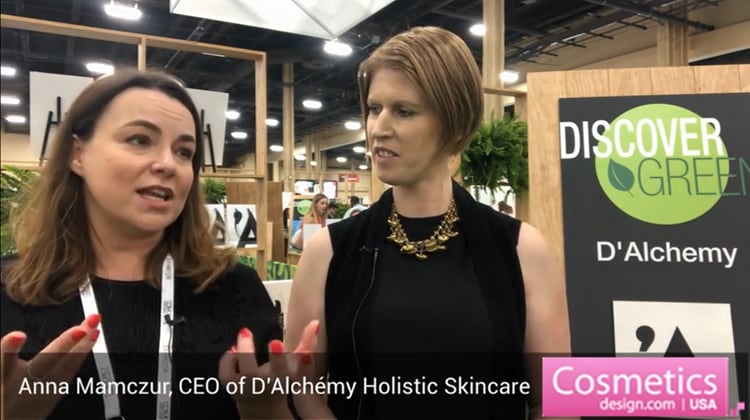Writing in the International Journal of Cosmetic Science, researchers from Portugal’s University of Porto analysed topical anti-ageing products commercialised in main stores and pharmacies across Portugal between 2011 and 2018. Antioxidants were typically used in anti-ageing products to reduce the impact and appearance of skin oxidative stress, they said, but also enrich the endogenous cutaneous protection system after application.
The analysis of 287 products from more than 40 multinational brands, selected for containing pure compounds well known for antioxidant activity, showed some clear trends in ingredient use and that little change had been made in the past seven years.
“Although the cosmetics and personal care industry is science-driven and highly innovative, the innovation seems not to be tackling antioxidant ingredients,” the researchers wrote.
Cost, time and a focus on blends
One reason for this, the researchers said, could be costs and time associated with introducing a new ingredient, they said.
There had also been a clear focus on introducing antioxidant blends, rather than working with individual compounds. “In most anti-ageing cosmetic products, the antioxidant capacity has been entrusted not to a single substance, but to an association of different antioxidants resulting in multivariate combinations on over-the-counter skin care products that are aimed at preventing the clinical signs of age,” the researchers wrote.
Science supported some combinations – combining vitamin C and E, for example, provided good protection against UVB radiation and vitamin C stability was better when blended in water-based formulations. Hydrophilic and lipophilic antioxidants also worked synergistically to protect both lipid membranes and aqueous compartments from oxidative attack.
“The results observed for combinations of antioxidants marketed from 2018, support the fact that cosmetologists take in account the scientific evidence when designing modern cosmetics,” the researchers said.
However, results showed little new antioxidant ingredients had been introduced, they said.
‘We have not identified emerging antioxidants with great impact’
Results showed tocopherol was the widest-used antioxidant in the anti-ageing products, alongside tocopherol derivatives, featured in 86% of products analysed; 30% contained ascorbic acid or derivatives. In 2018, there was a marked increase in the use of niacinamide and retinyl palmitate; retinoids were also relatively widely used.
“We have not identified emerging antioxidants with great impact in anti-ageing formulations even though niacinamide and retinyl palmitate exhibited over 10% more usage in 2018,” the researchers wrote.
This insight was relevant to the cosmetics industry, they said, because it provided a better understanding on the scientific-based formulation of modern cosmetics but also supported “the need for innovative antioxidants in anti-ageing cosmetics”
“…The need for innovative antioxidants should be carefully considered in the light of recent advances in skin oxidative stress and insight on the stability and in vivo efficacy of antioxidants in the market,” they wrote.
Source: International Journal of Cosmetic Science
Published online ahead of print, doi: 10.1111/ics.12551
Title: “Evolution of the use of antioxidants in anti-ageing cosmetics”
Authors: S. Silva et al.




